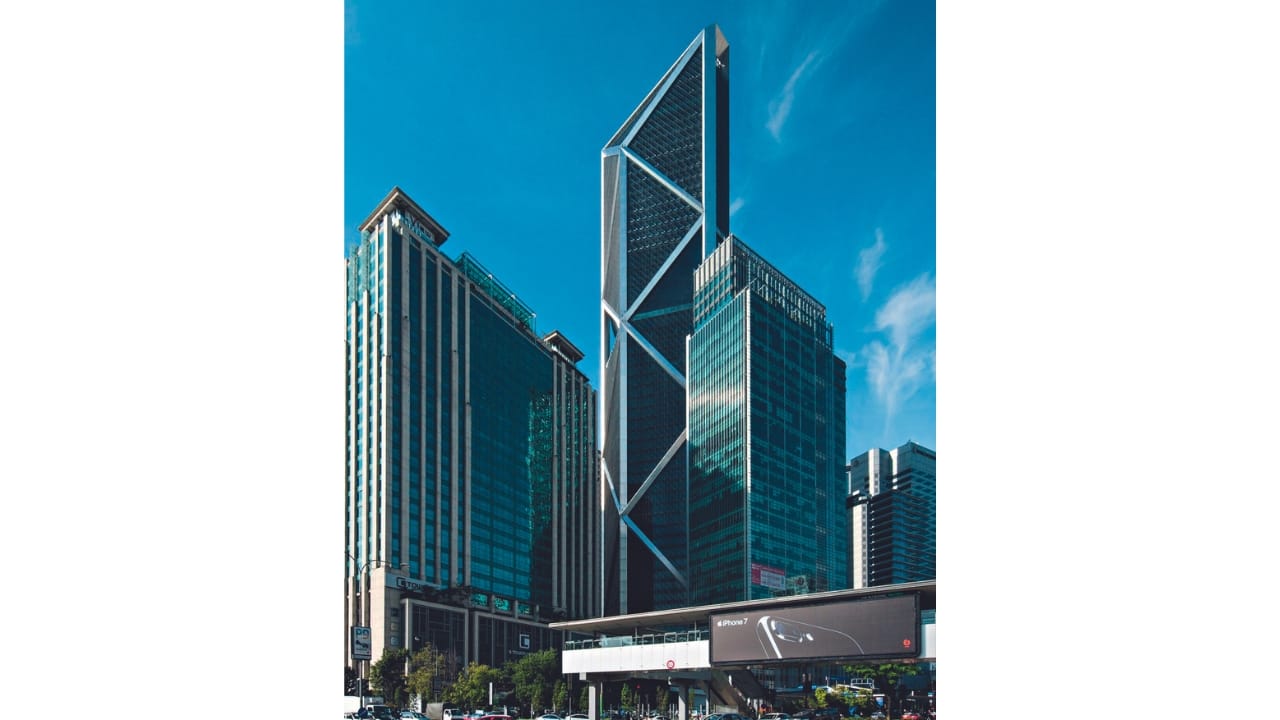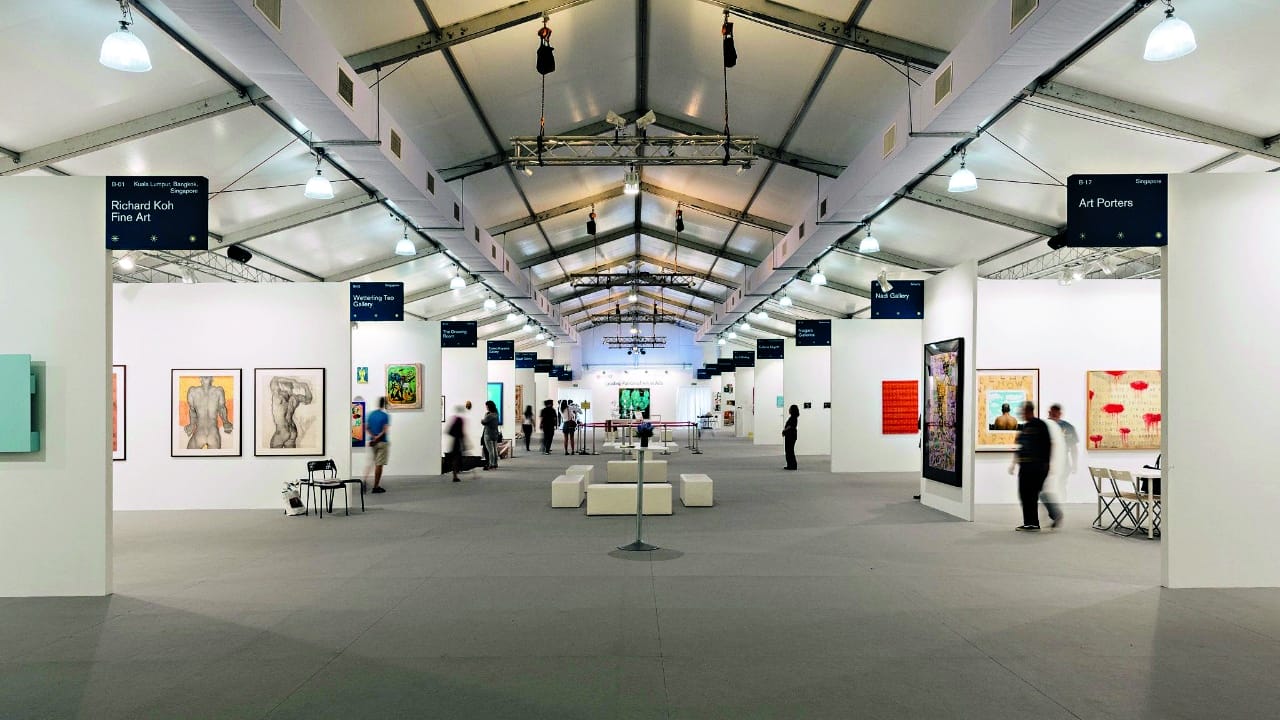Galleries and art museums—what’s the difference? Both are valuable sites for discovering the history and identity of a country through its art, but both serve vastly different ends. You may have added New York’s MoMA, London’s Tate Modern, and Paris’ Louvre to your bucket list, but what about the Gagosian, White Cube, or Perrotin? The first three are great places to discover historical works of art, with an emphasis on historical. They won’t be very helpful if you’re trying to get any sense of what the young, living artists of a country are concerned with in the present moment. Enter the commercial gallery and art market, which appears like a noisy zoo compared to stately art museums, but this is where the cutting-edge of contemporary art is at. This is also where you’ll discover which of the artists of today will wind up in the museums of tomorrow.
Where does the money come from?
Galleries:
Selling art is a big bucks business, and each gallery will have their secret Rolodex of elite collectors. But don’t be put off by the snobby gallerists. Most galleries welcome casual visitors, though some only by appointment.
Art museums:
Government subsidies, private foundations or private collectors who found their own museums to house their extensive collections.

What should I check out in Kuala Lumpur?
Galleries:
A+ Works of Art in Sentul, The Back Room in Kampung Attap, Harta in Ampang, Wei-Ling Gallery in Brickfields, G13 in Kelana Jaya, and Temu House in Petaling Jaya are just a few names to start with. You’ll find that galleries can come in all shapes and sizes!

Art museums:
Balai Seni Visual Negara in Titiwangsa, ILHAM Gallery in Ampang Park, Ur-Mu 1 in Bukit Bintang, and Ur-Mu 2 in Raja Chulan.
What’ll it cost me?
Galleries:
Nothing to enter, but if you’re looking to buy, prices of contemporary Malaysian art can range from anywhere between a few hundred ringgit to high five figures.
Art museums:
Most are free, but The Islamic Arts Museum and Ur-Mu are ticketed at around RM20 per person.

Do’s and Don’ts
Galleries:
Don’t touch anything, because everything is for sale. Yes, even that weird thing in the corner. And this is one ‘shop’ where the ‘once broken, considered sold’ rule is one you can’t afford to cross.
Art museums:
Do take the time to read through the wall text and artwork labels. Especially if you’re looking to impress a date.
Likely to make the news because…
Galleries:
They’ve just opened a new show where a painting the size of your laptop screen is being sold for more than you make in a year.
Art museums:
One of their masterpieces has just been splattered with soup by climate activists.
Famous figures
Galleries:
Joseph Duveen, considered the world’s first mega-dealer when he had the bright idea of selling European Old Master paintings to American new money in the early 20th century.

Art museums:
Hans Ulrich Obrist, the glam jet-setting curator and artistic director of the Serpentine Galleries in London, is one of the reasons why everyone wants to label themselves a ‘curator’ now.

Ready to level up?
Galleries:
There’s always an art fair happening somewhere. Start with regional ones like S.E.A. Focus and ArtSG in Singapore, Art Fair Philippines in Manilla, ArtJakarta, and move on to Art Basel (Basel, Hong Kong, and Miami), Frieze (London, New York, Los Angeles, and Seoul), or the New York Armory Show.
Art museums:
If you can’t get enough of reading artwork labels, you’ll love the global circuit of mega-exhibitions in the form of biennales, triennials, and the art world’s biggest event, Documenta, held every five years in Kassel, Germany.

Lead image: Documenta, held in Kassel, Germany, once every five years is the art world’s biggest event.




